OEM and Organic Tea Production: Challenges and Solutions
Ah, tea nature’s way of saying, “Slow down, sip, and relax.” For centuries, this humble beverage has united nations, sparked revolutions, and soothed countless souls. But behind every cup of organic tea lies a complex web of production challenges, especially when OEM (Original Equipment Manufacturer) partnerships enter the picture. If you think brewing tea is complicated, wait until you hear about the hurdles faced by tea producers when they aim for that “organic” label while collaborating with OEMs. Let’s dive into this leafy labyrinth with a touch of humor and a dash of insight.
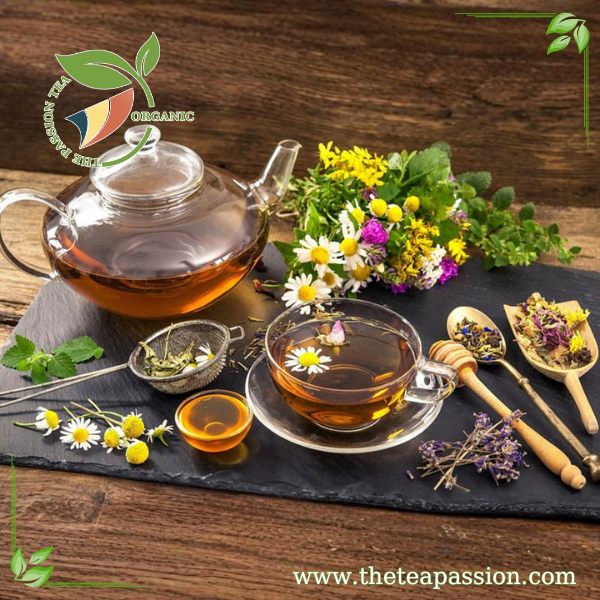
The Organic Tea Dream: Easier Said Than Done
Organic tea production sounds idyllic, doesn’t it? Rolling hills, sun-kissed leaves, no pesticides, and farmers singing folk songs in perfect harmony. But reality? It’s more like a Shakespearean drama with a cast of characters that includes strict certification boards, unpredictable weather, and the occasional pest invasion.
To earn that coveted “organic” stamp, tea producers must adhere to rigorous standards. No synthetic fertilizers or pesticides? Check. Soil health management? Check. Keeping your plants safe from pests without resorting to chemical warfare? Double check and good luck. It’s a balancing act that makes tightrope walking look like child’s play.
Now throw OEM manufacturing into the mix. OEMs are often hired by tea brands to handle production on their behalf. While this outsourcing model can save costs and boost efficiency, it comes with its own set of challenges especially when the tea in question is organic.
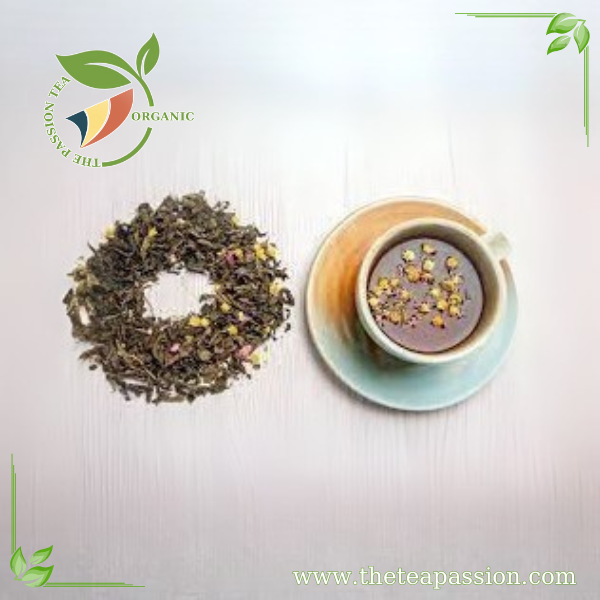
Challenge 1: The Certification Circus
When it comes to organic tea, certifications are everything. Without them, your tea might as well be labeled “mystery leaves.” But here’s the catch: certifying organic products is about as straightforward as assembling IKEA furniture without the manual.
OEMs working with organic tea brands must ensure their facilities meet organic production standards. This means separate processing lines for organic and non-organic teas, meticulous record-keeping, and regular inspections by certifying bodies. One slip-up a stray non-organic leaf sneaking into the batch and the whole shipment could lose its organic status. Talk about pressure.
Solution: Communication is key. Tea brands partnering with OEMs need to establish clear guidelines and conduct regular audits to ensure compliance. Think of it as a trust exercise, but with fewer blindfolds and more spreadsheets.
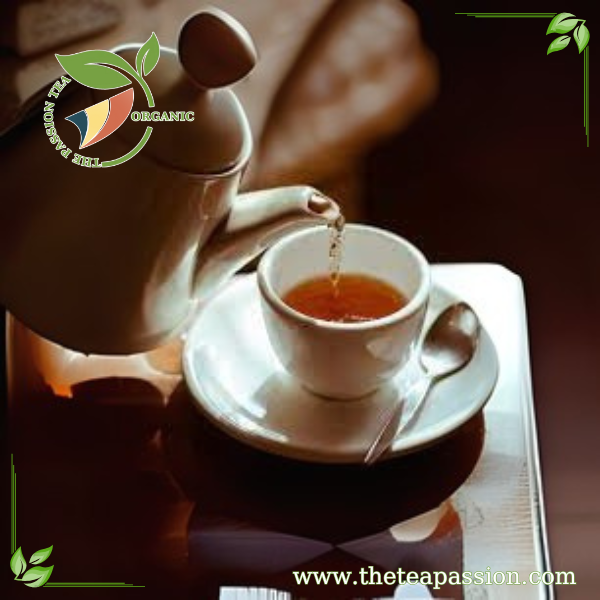
Challenge 2: The Pest Predicament
Pests love tea plants almost as much as we love drinking tea. Unfortunately for organic producers, pesticides are off-limits. This leaves them with fewer options for pest control, most of which involve natural methods like introducing beneficial insects or using organic sprays.
For OEMs, this can be a logistical nightmare. If they’re processing both organic and conventional teas, they need to prevent cross-contamination at all costs. Imagine trying to keep a toddler from touching everything in sight it’s kind of like that but with tea leaves.
Solution: Enter technology! Advanced sorting machines can help detect and remove any contaminants from the production line. Additionally, OEMs can implement strict cleaning protocols between batches to maintain purity. It’s tedious but necessary like flossing for your factory.
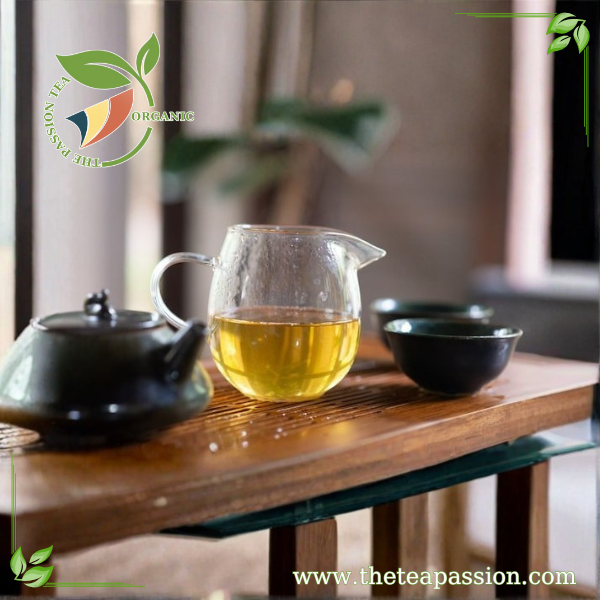
Challenge 3: The Soil Saga
Organic tea isn’t just about what happens above ground; it’s also about what’s beneath it. Healthy soil is the foundation of organic farming, but maintaining it is no small feat. Farmers must rotate crops, use compost, and avoid synthetic fertilizers all while ensuring the soil remains fertile enough to support future harvests.
OEMs relying on organic tea farms face an indirect challenge here: if the soil suffers, so does the quality and quantity of the tea leaves they receive. And since organic farming often yields lower volumes than conventional farming, supply shortages can quickly become a problem.
Solution: Collaboration is crucial. Tea brands and OEMs should work closely with farmers to support sustainable practices. This might mean investing in soil health programs or offering financial incentives for high-quality organic harvests. Think of it as a group project where everyone gets an A+ if they cooperate.
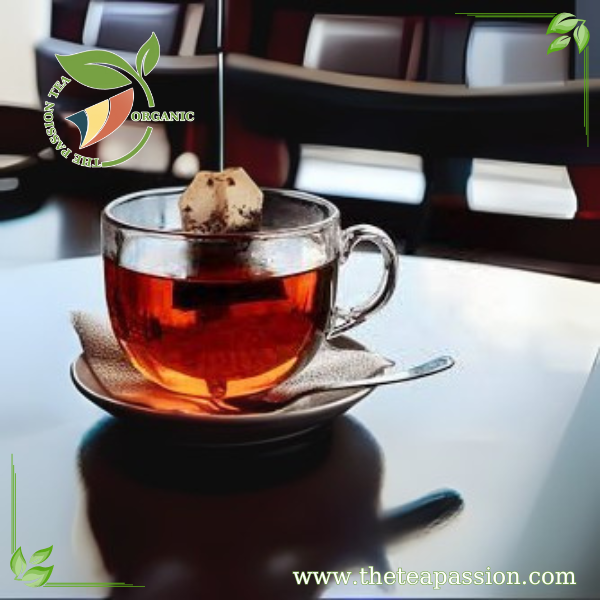
Challenge 4: The Cost Conundrum
Let’s not sugarcoat it (or honey-coat it, for that matter): organic tea is expensive to produce. From certification fees to labor-intensive farming methods, costs can add up quickly. For OEMs operating on tight margins, this poses a significant challenge.
Consumers love the idea of organic tea but often balk at paying premium prices for it. This puts pressure on both OEMs and brands to find ways to cut costs without compromising quality a task that’s about as easy as finding a teabag in a cup of loose-leaf tea.
Solution: Innovation to the rescue! OEMs can explore cost-saving technologies like energy-efficient machinery or automated processes to reduce expenses. Meanwhile, brands can educate consumers about why organic tea is worth the splurge. After all, who wouldn’t pay extra for a guilt-free cuppa?
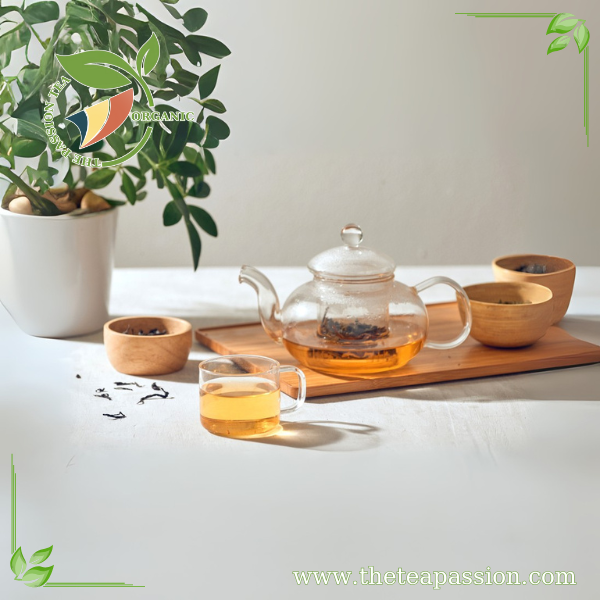
Challenge 5: The Flavor Factor
Let’s face it: nobody wants bland tea. Organic farming methods can sometimes lead to variations in flavor due to factors like soil composition or weather conditions. For OEMs tasked with producing consistent-tasting tea on a large scale, this variability can be a headache.
Solution: Blending is an art form that can help maintain flavor consistency across batches. By mixing leaves from different harvests or regions, OEMs can create a balanced flavor profile that keeps customers coming back for more. It’s like being a DJ but for tea lovers mixing tracks (or leaves) to create the perfect vibe.
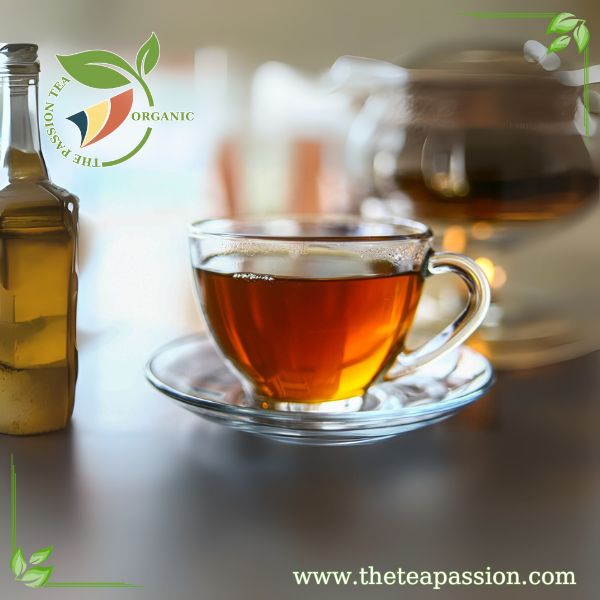
A Balancing Act Worth Mastering
Despite these challenges, the demand for organic tea continues to grow as consumers become more health-conscious and environmentally aware. For OEMs and tea brands willing to navigate the complexities of organic production, the rewards can be substantial not just financially but also in terms of customer loyalty and sustainability.
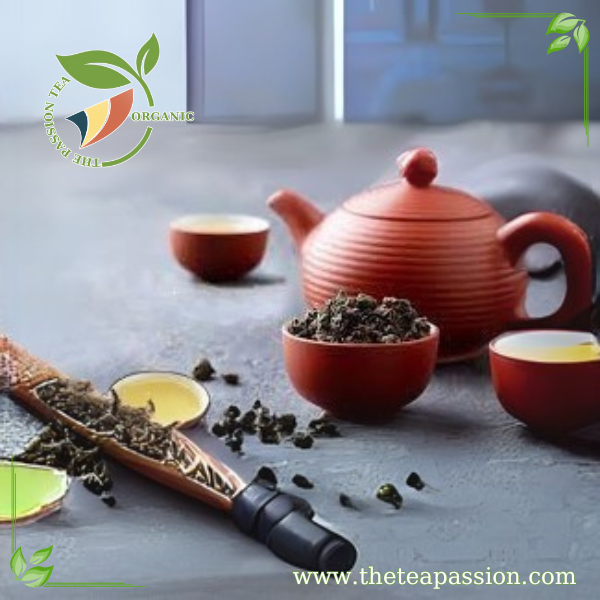
So here’s to overcoming obstacles one leaf at a time! Whether you’re an OEM grappling with certifications or a farmer battling pests with homemade garlic spray, know that your efforts are appreciated by every tea lover out there. After all, behind every sip of organic goodness is a story worth telling and challenges worth conquering.
Now go brew yourself a cup of organic tea and toast to your hard work. You’ve earned it!
